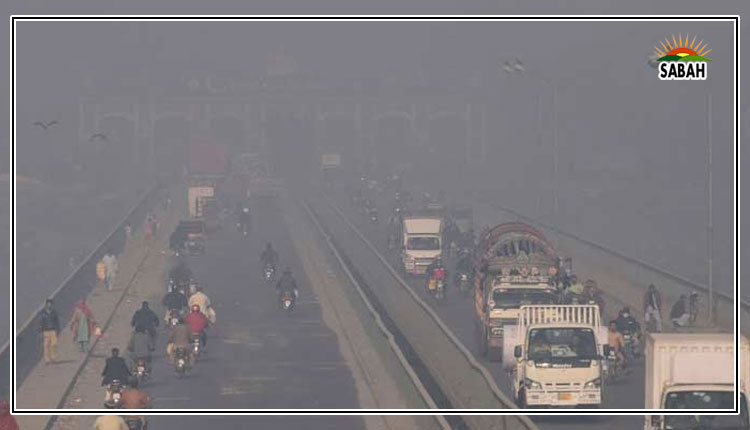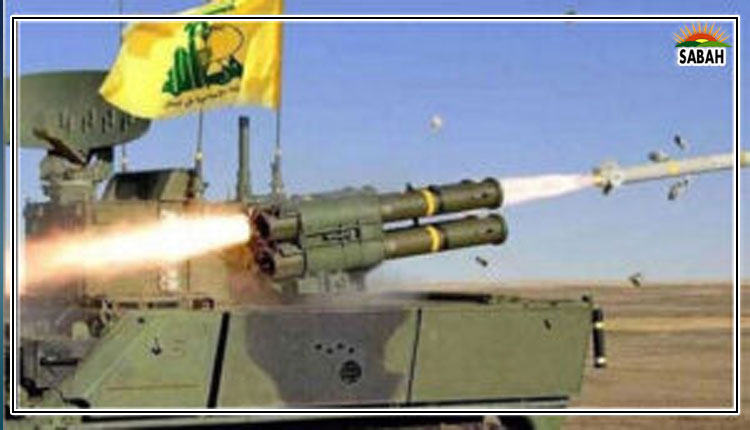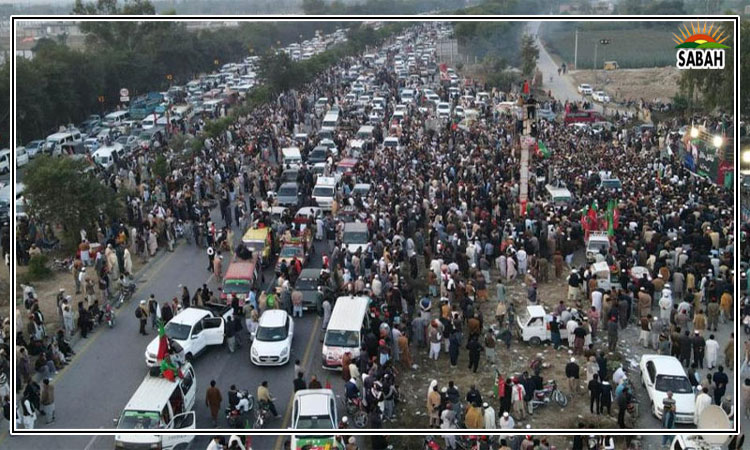Flood level at Islam Headworks & Ganda Singh Wala in Sutlej River reduced to medium
LAHORE, August 27 (SABAH): The flood level at Islam Headworks and Ganda Singh Wala in Sutlej River reduced to medium on Sunday while evacuations continued in vulnerable areas of Punjab.
A day ago, Sutlej was in high flood at the two points as dams built on the river on the Indian side neared their maximum capacity. Given the situation, several district administrations of the Punjab were directed to take prompt measures to ensure complete evacuation from all villages and settlements along the river.
But as of 2:00 PM on Sunday, the Flood Forecasting Division said, the flood level fell to medium at the two spots following a decrease in the flow of water.
It had previously forecast sustained high flood levels at the two points for the next 24 hours.
The FFD also reported that the Indus River was in low flood levels at Taunsa, Chashma and Guddu Headworks at 12:00 PM.
The Punjab Provincial Disaster Management Authority (PDMA) concurred with the falling flood levels in the Sutlej River, saying: “The inundation scenario along the Sutlej River is exhibiting signs of amelioration, with over a hundred villages having been reinstated to their usual state within the past three days.”
Separately, a statement issued by the PDMA spokesperson said the authority was closely monitoring the situation and relief measures were underway in the affected districts.
The spokesperson said 970 people were rescued in Bahawalnagar, Kasur, Okara, Pakpattan, Lodhran, Vihari and Bahawalpur from August 23 to 26; 32,000 people benefited from medical camps established in the above-mentioned districts; 175 relief camps were set up in the affected areas; and rations were distributed among 300 flood-affected families.
The spokesperson added that 21,000 cattle were moved to safe places from affected areas. As of Sunday, 480 villages remain affected by the flood situation in Punjab, he added.
Punjab Relief Commissioner Nabil Javed said life was returning to normal and the displaced people would return to their homes soon too.
“All possible steps are being taken to restore the flood-affected areas. According to the instructions of the caretaker chief minister, the restoration of the flood-affected areas is the first priority,” he was quoted as saying in the PDMA statement.
The statement said he directed administrative officers to remain present in the field at all times, adding that negligence towards their duty or lack of responsibility would not be tolerated.
Farooq Ahmad, Rescue 1122’s spokesperson in Punjab, also provided updates on the emergency service’s rescue and evacuation operations. In a statement, Ahmad said 425 boats and 1,660 personnel were being used for these efforts.
He added that in the last 24 hours, 6,725 people were evacuated, 937 people were transported and 1,021 animals were moved to a safe place in the districts of Okara, Vehari, Kasur, Pakpatta and Bahawalnagar.
Meanwhile, the National Weather Forecasting Centre said there was a westerly wave affecting the upper parts of the country and monsoon currents from the Arabian Sea were penetrating them.
It said rain-wind/thundershowers were expected in Potohar region, Islamabad, upper Punjab, Khyber Pakhtunkhwa, Gilgit Baltistan and Azad Jammu and Kashmir on Sunday and Monday.
Meanwhile Pakistan Army’s rescue and relief efforts are continuing in low-lying areas, which have been inundated by flood water released in the Sutlej River by India.
In this connection, the troops are also engaged in distribution of free ration; besides, carrying out rescue operation and running free medical camps for the flood affected people in Khairpur Tammay Wali, Hasilpur, and Bahawalnagar.
The Army troops, with the help of the local administration, shifted people to safer places from flood-hit areas of Mailsi, Chishtian, Minchanabad, Vehari, Pakpattan, Hasilpur, Arifwala, and head Sulaimanki.
The Pakistan Army has established a large number of medical camps to provide free medical assistance to protect people from waterborne diseases and epidemics during the flood.












